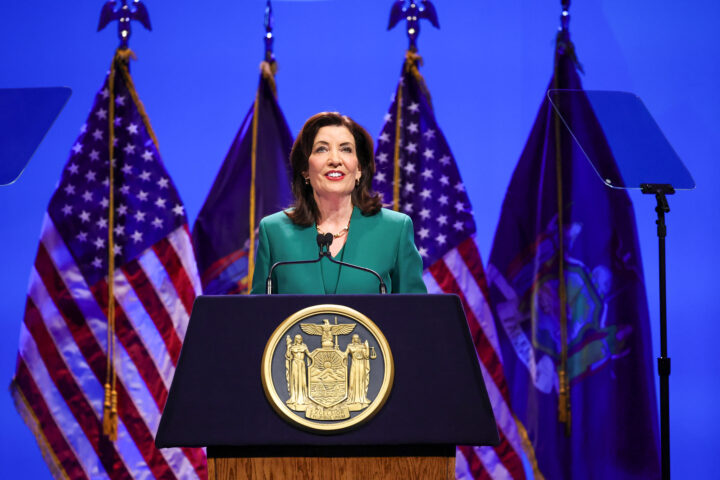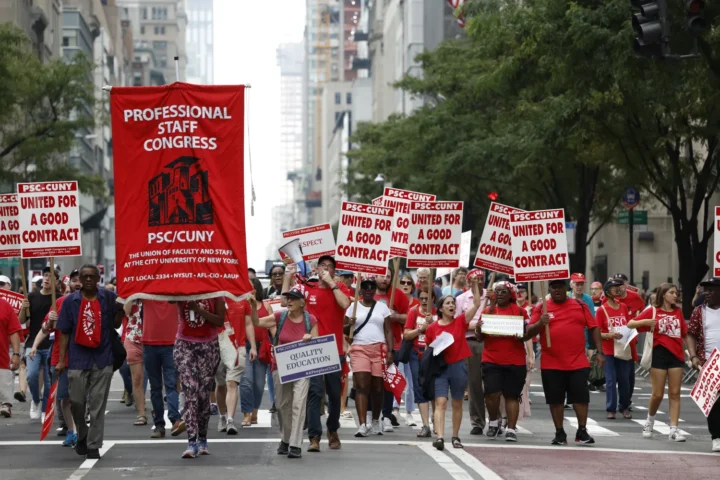For the past several months, the MTA of New York City has been under serious financial strain, as a result of a continued decline in ridership. Now in severe debt, the MTA is in the midst of talks of potential service cuts, hoping to dig itself out of a hole that seems far too deep.
While talks of the MTA’s debt and its consequences have only recently started to really heat up, they were foreshadowed as early as three years ago. Public documents were released in July, 2016, stating the MTA’s budget and possible outlooks for the future. The document said that the financial plan is balanced through 2019 with a 2020 deficit of $371 million. More current reports from budget experts claim that by 2020, the MTA will be in a $1 billion debt crisis.
The MTA said transportation service apps like Uber or Lyft are to blame for the significant drop in riders. Back in July of 2018, NYC Transit Executive VP Tim Mulligan did a presentation on the correlation between the decrease in subway ridership and the increase in the use of taxis and service apps. There was a 13.1% increase in the use of for-hire vehicles and taxis in 2016-2017, which Mulligan said to be notably close to the declining percentage of MTA ridership in the same timeframe.
These for-hire service apps have some benefits over public transportation, of course. The on-call availability mixed with the lack of anxiety or discomfort that would come with being cramped in a subway car or bus makes services, such as Uber, seem like a great option. There is also the fact that the subway has had its fair share of dangerous incidents, like collapsed ceilings or floods.
“I’ve really grown to love Uber. It’s honestly so much more reliable and cleaner than public transportation,’’ said Dan G., a sophomore with an undecided major. ‘‘Yes, it costs more, but I never have to worry about being late to school or work when I use the app.”
The steady decline in public transportation riders, however, is not the sole reason the MTA is in such great debt. In April this year, news was released that some MTA workers were being paid for overtime work in large amounts of money. One Long Island Railroad worker claimed to have logged 74 hours of overtime each week last year, giving himself an overall salary of $461,646.
Many MTA managers also insist on using mechanical punch-clocks instead of more up-to-date machines that would be better fit to catch fraud. LIRR officials said that many of their workers simply write down the number of hours they worked and submit these papers for payment without any verification.
Now in a frenzy to clean up its own mess, the MTA voted in favor of the “MTA Transformation Plan” on July 24. This restructuring plan will result in the firing of approximately 2,700 employees and the consolidation of 40 back-office groups into six departments. At an MTA board meeting three weeks ago, MTA chairperson Patrick Foye suggested service cuts to both buses and subways being previewed as early as this month. Changes have already been made to 13 different bus lines, leading to longer wait times between buses. These changes have saved the MTA $2.8 million.
If the MTA goes through with widespread service cuts to both buses and subways, it could be detrimental to both public transportation riders and the MTA itself. These cuts might turn people further away from the MTA, as it heightens inconvenience and concern for riders. “I really hope the MTA doesn’t go through with these service cuts. Trying to plan my day around the bus schedule is already tiring enough.’’ Sarah T., a sophomore and English major said. “It just seems like no matter where the MTA decides to go from here, its riders are going to suffer.”














